How are Drones Used for Asset and Infrastructure Inspection?
As our infrastructure continues to age, it is essential to develop innovative methods for inspecting and maintaining it. Drones have b
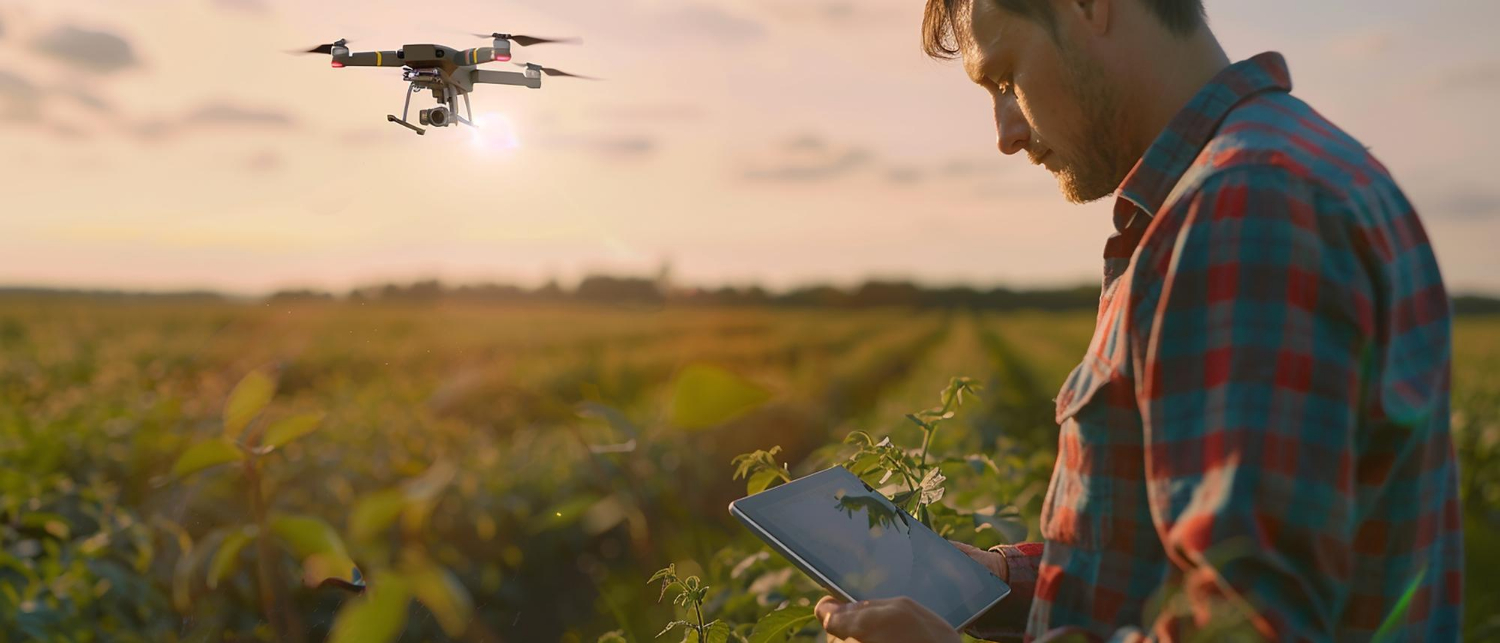
In India, the issues faced by farmers regarding their income are a topic of discussion. Changing weather patterns, increasing costs, and declining soil fertility have posed new challenges to farmers. At a time when "Digital India" and "Smart Agriculture" are gaining popularity, drones are becoming increasingly common in the agricultural industry.
The use of drones was previously limited to the military and the film industry. However, it is now being rapidly adopted in agriculture, predominantly for checking soil quality and crop monitoring.
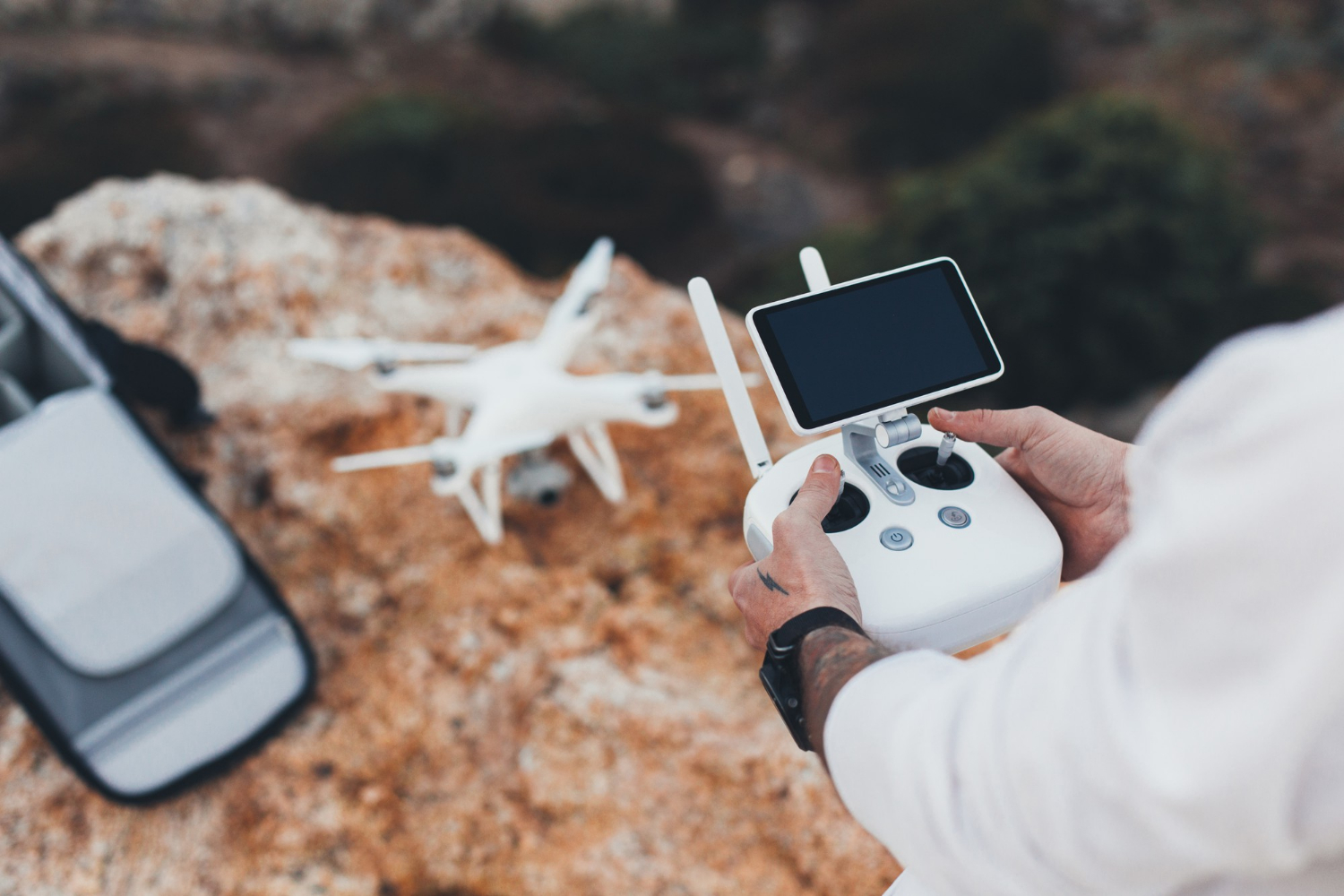
A drone is a pilotless aerial device with sensors, cameras and GPS technology. It can take pictures of the fields from above, create videos and analyze the field's condition. A drone can do a complete survey of a large field in just a few minutes, which can take quite a few days for a farmer to do on foot.
The cameras, thermal sensors, and multispectral imaging systems installed in the drone can assess the moisture, temperature, nutritional level and health of the plants in the soil.
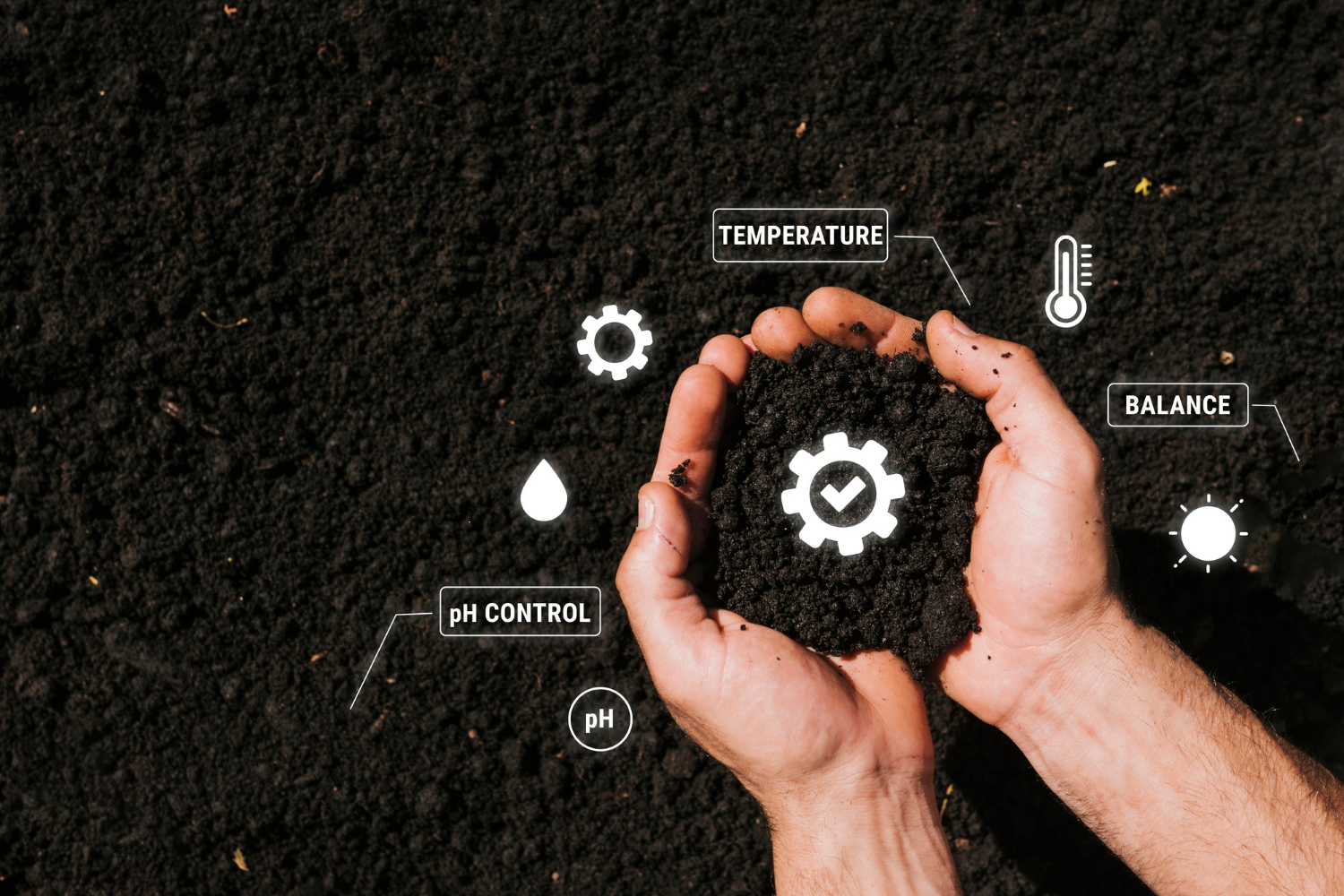
The soil fertility in India is continuously declining, primarily due to the indiscriminate use of fertilizers and farming practices rooted in traditional knowledge. It is essential to understand soil health so that the appropriate amount of fertilizer and water can be applied.
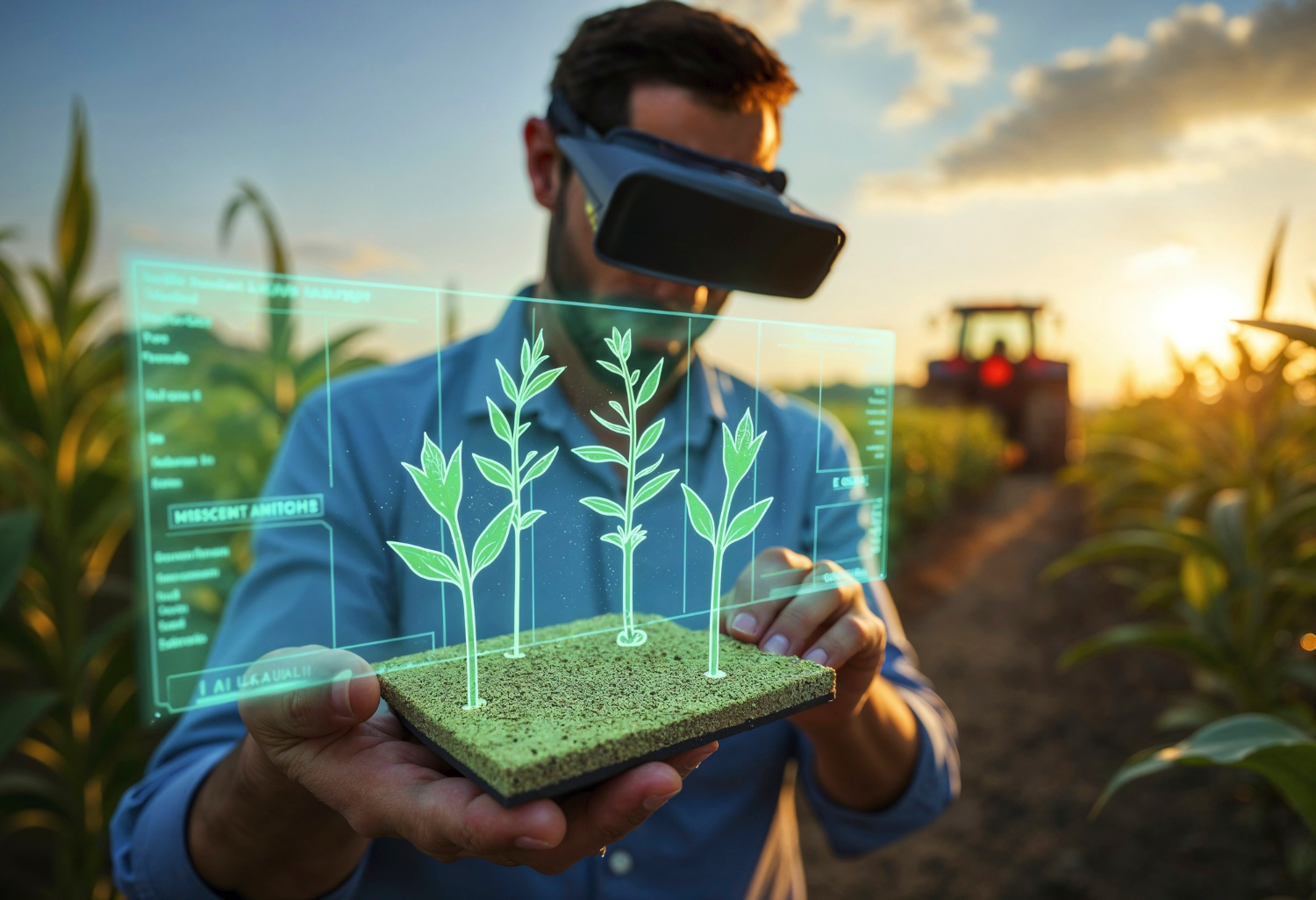
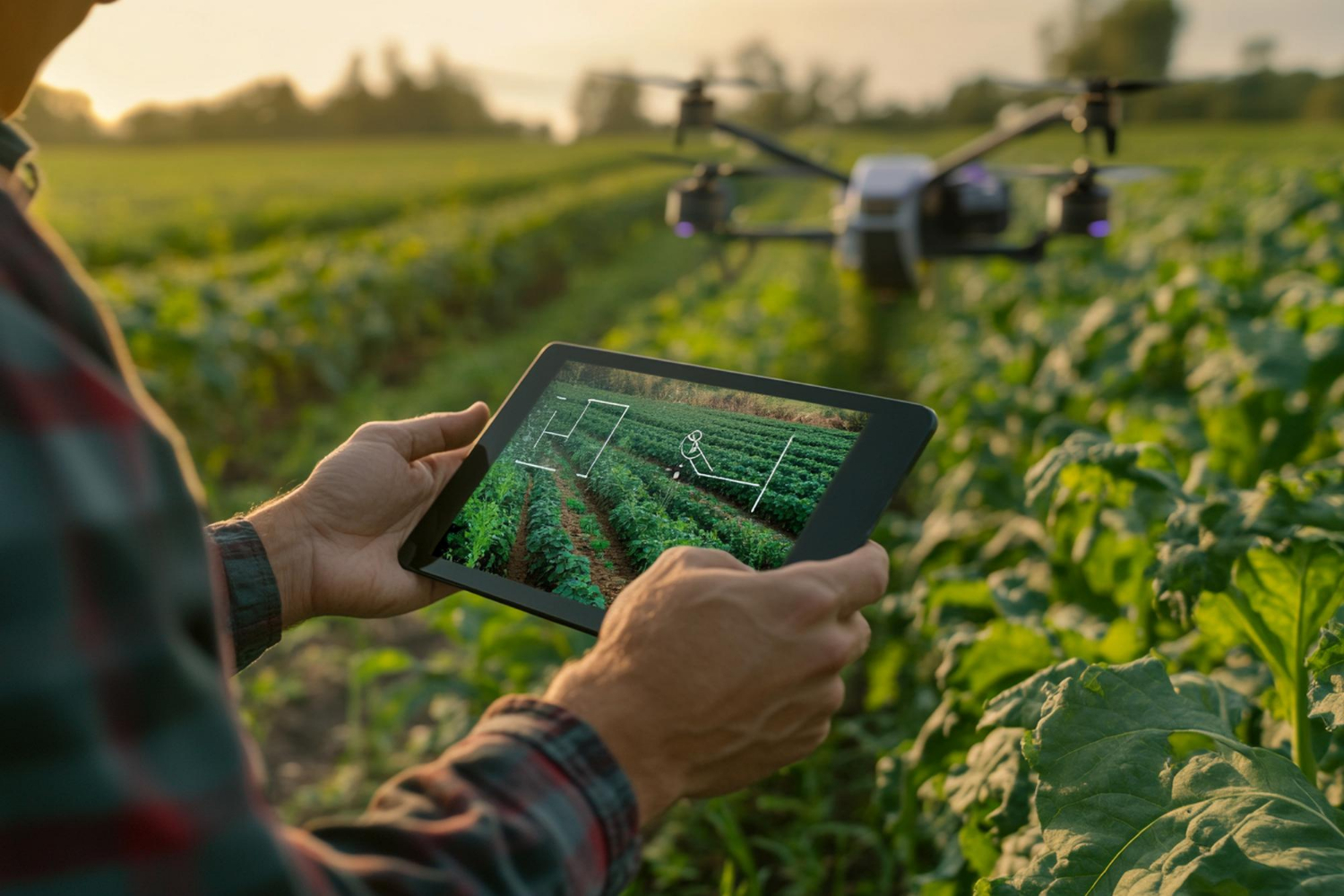
Crop monitoring includes observing the growth, health and condition of the crop, along with any signs of ailment or pest attacks. It plays a vital role in improving agricultural production.
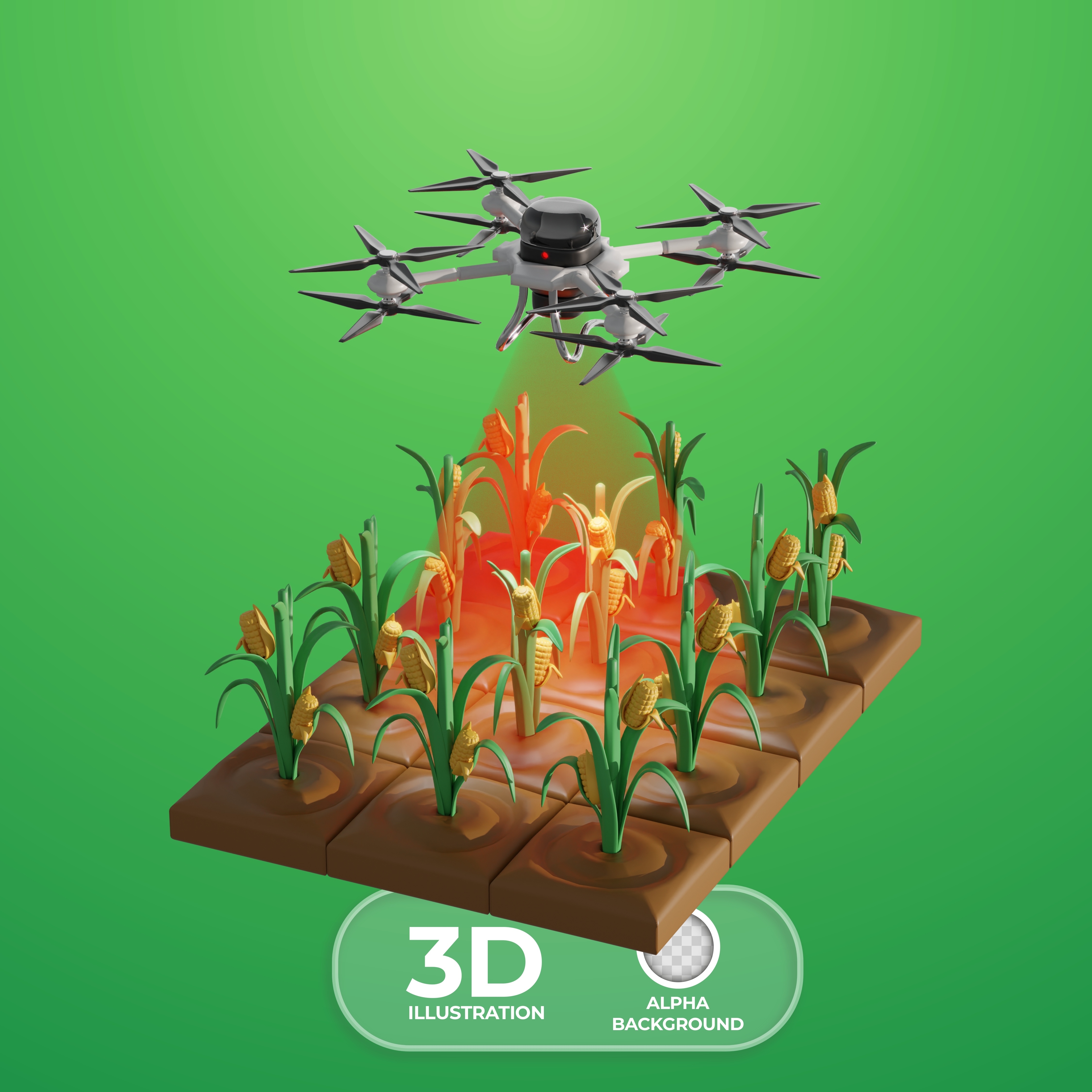
Early Detection of Pests and Diseases
By analyzing high-resolution images taken from drones, it can be determined whether any ailment or pest has affected the crop. With this, farmers can apply pesticides at the right time.
Assessment of Crop Growth
Information about the crop growth speed can be obtained from drones. From this, it can be determined whether the crop needs any added nutrients.
NDVI Index (Normalized Difference Vegetation Index)
This is a technical measurement that indicates the health and vitality of the crop. NDVI can be analyzed through pictures taken from drones.
Yield Estimation
With drone data, it can be assessed how much yield is likely to be from which farm. With this, farmers can plan the sale and storage of their crop.
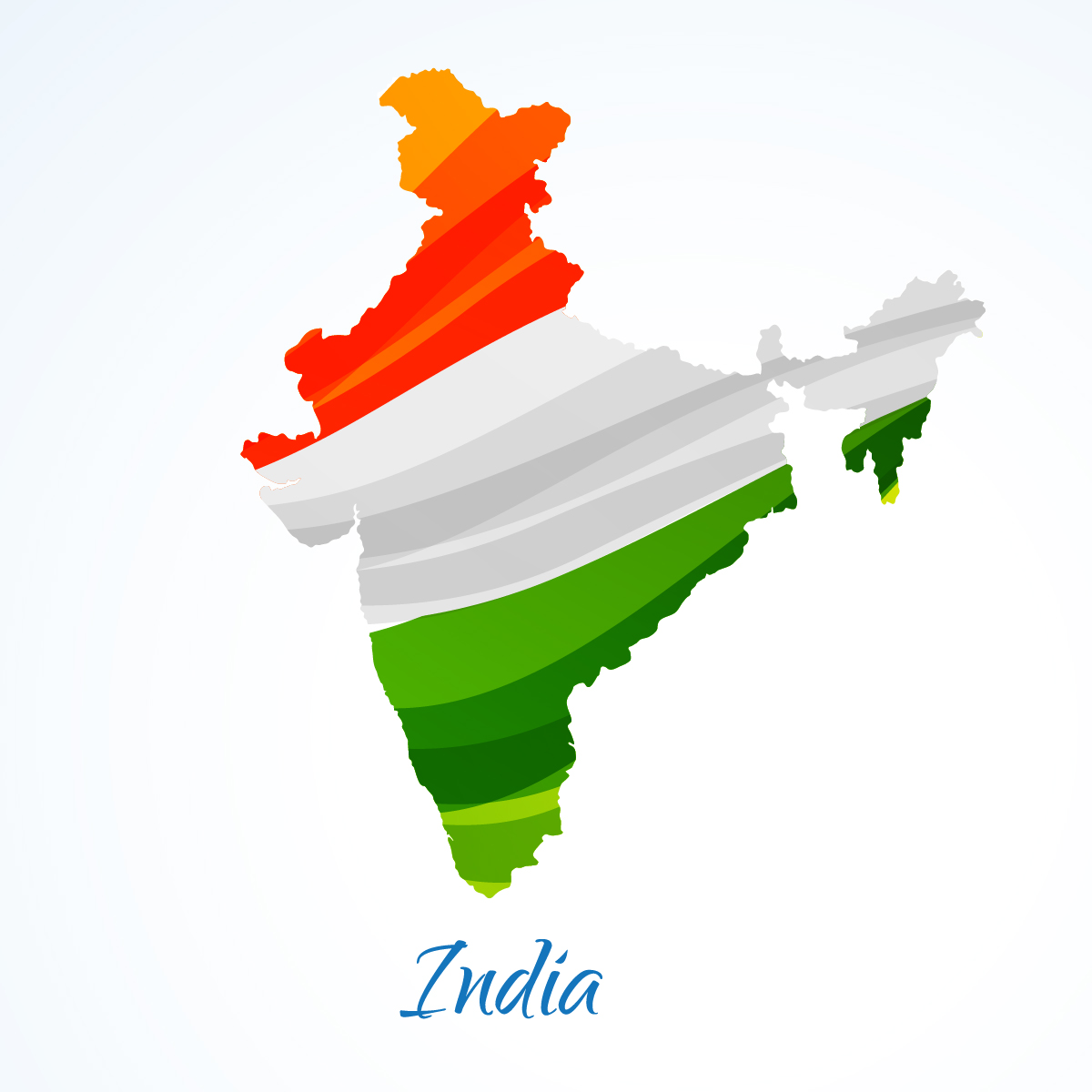
The nature of agriculture in India is diverse, ranging from drought to flood, from rich soil to saline land. A technology that can work similarly well in all areas will be called a boon.
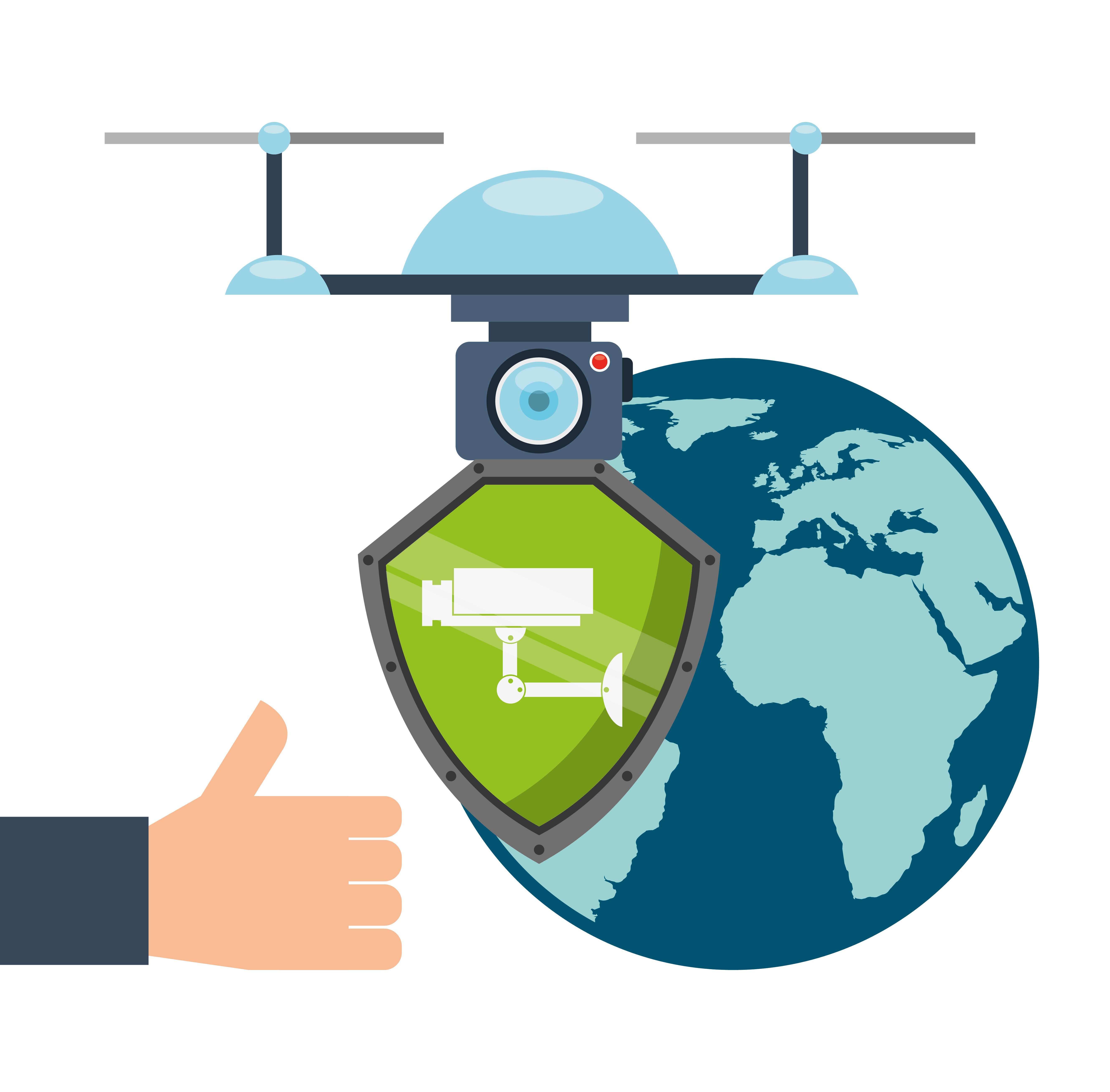
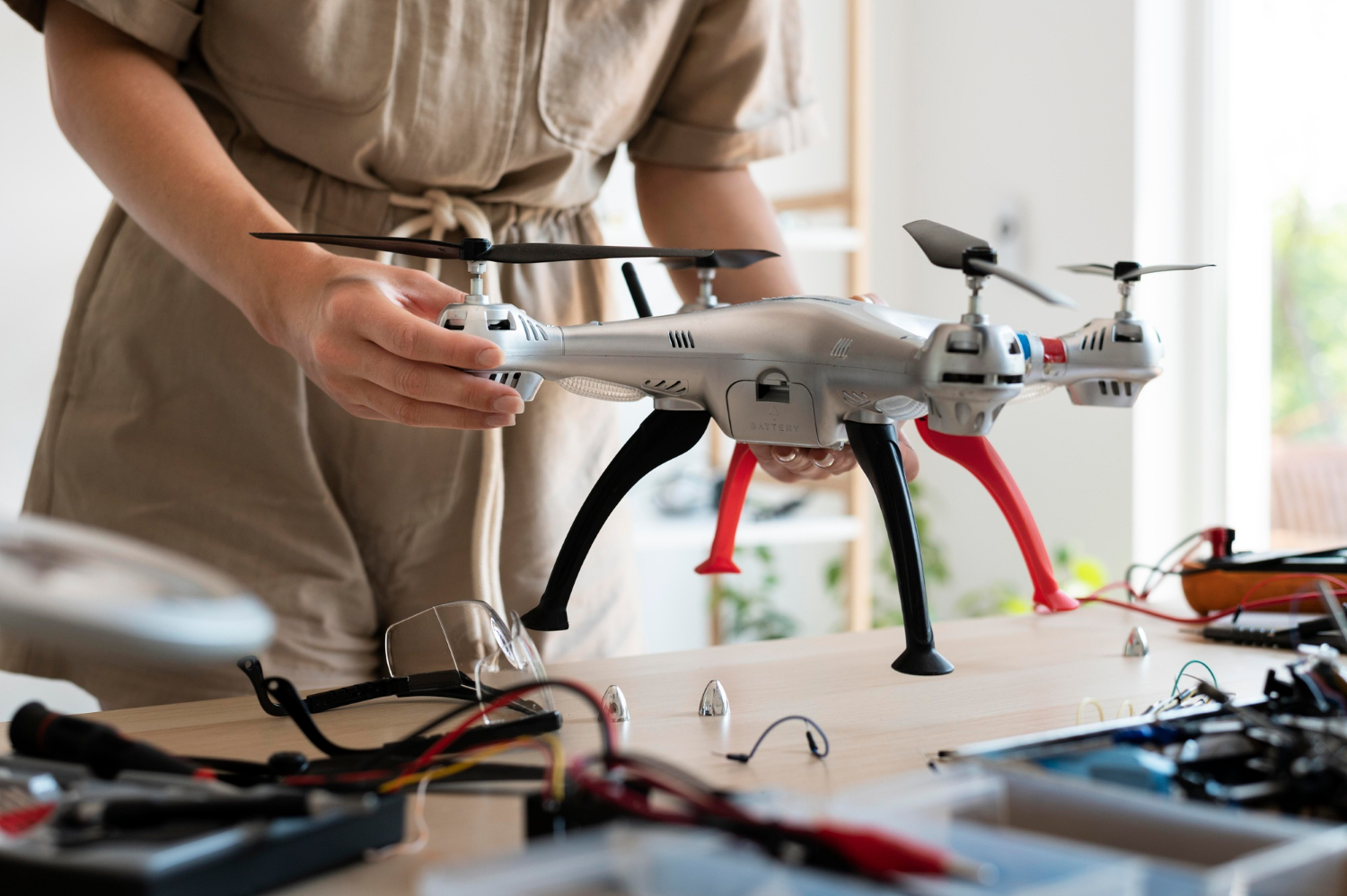
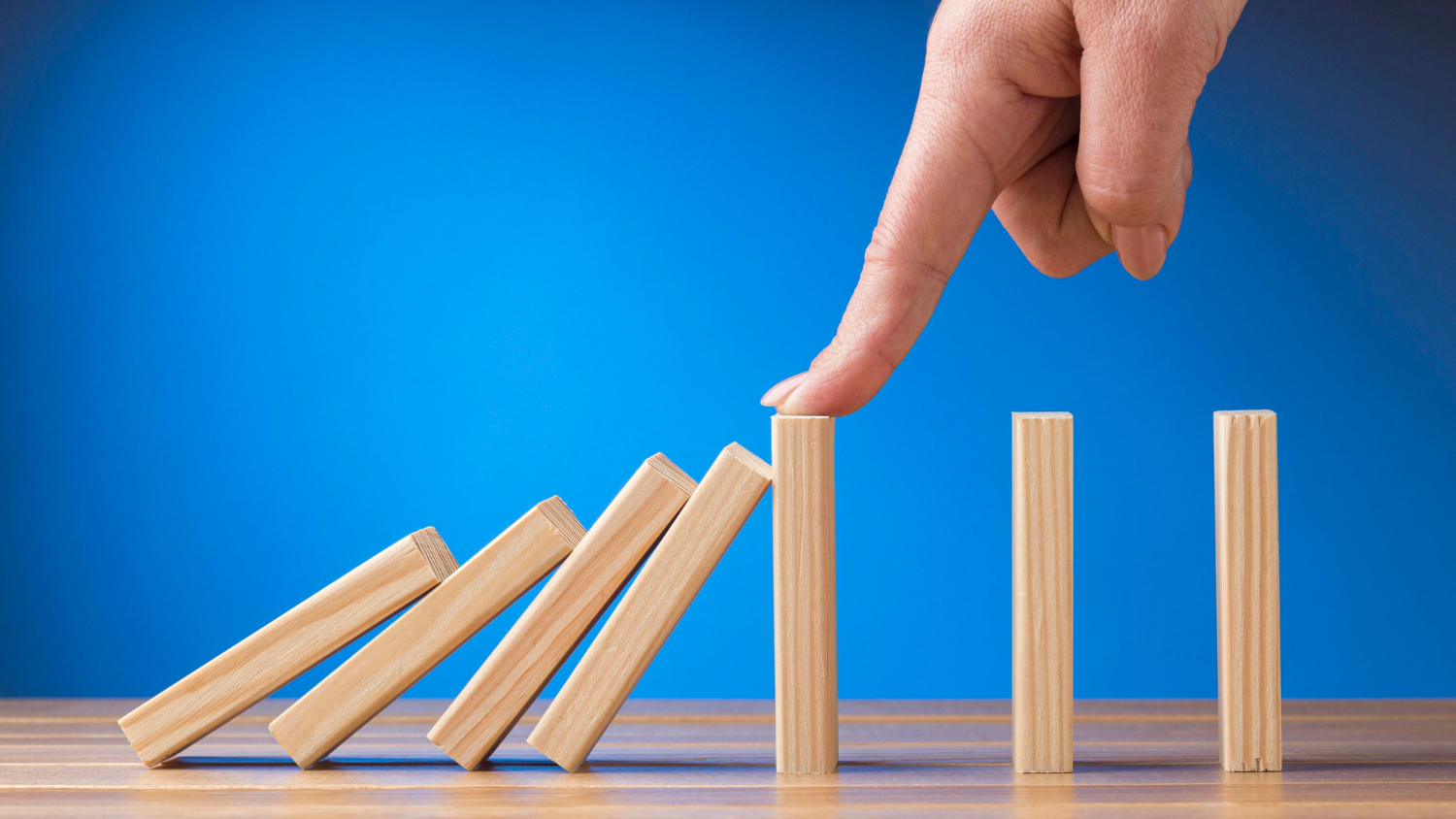
Though drones are a groundbreaking technology for the agriculture sector, they also face some challenges:
Despite these challenges, the government and the private sector are finding solutions, including drone-as-a-service models, training programs and loan/subsidy schemes.

It is no hyperbole to say that drone technology is still in its early stages in the agricultural sector, but it has immense potential and is poised to grow stronger in the near future. These are the primary reasons why drones have a promising future in the agricultural sector.
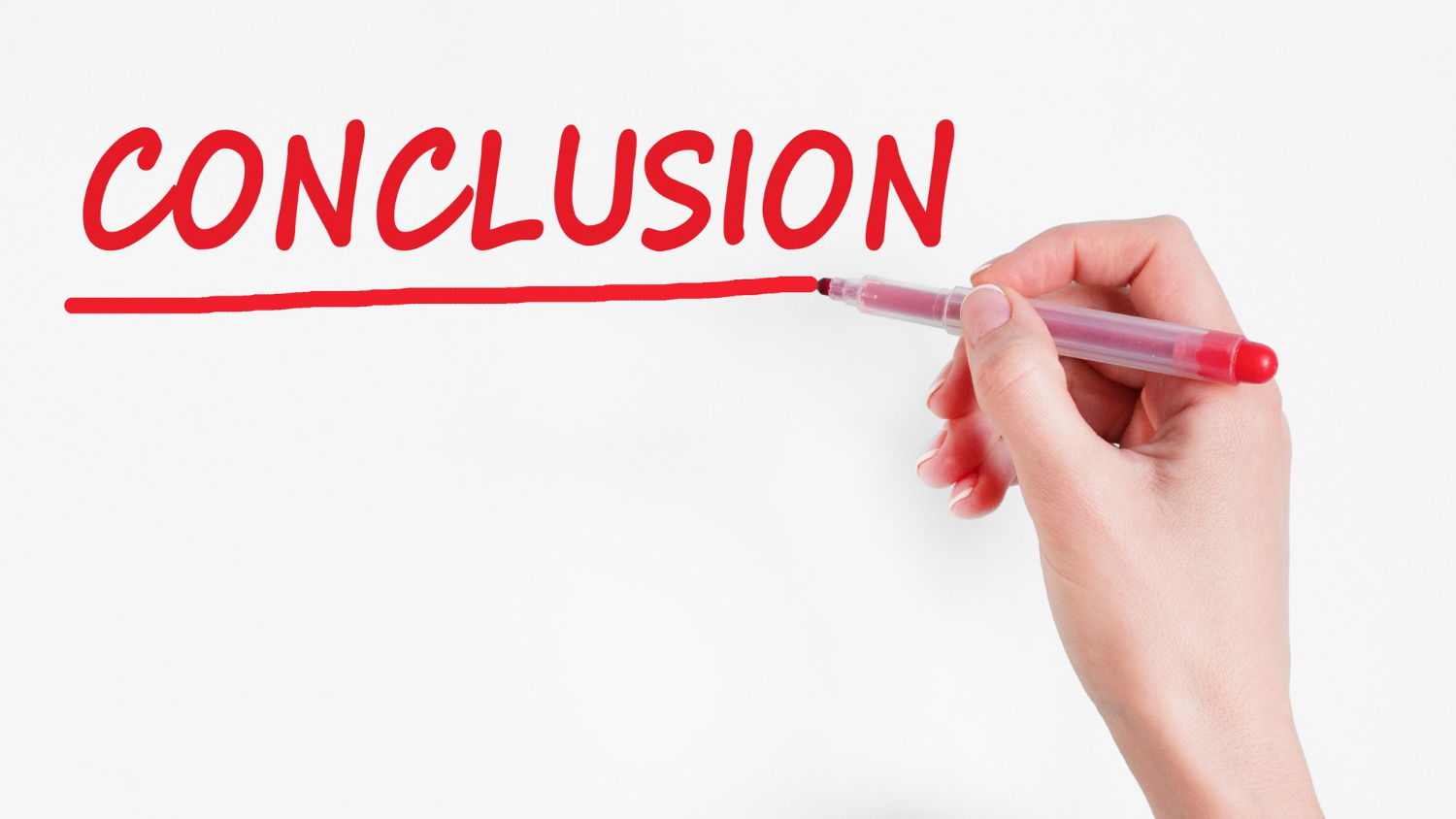
With the collaboration of the government, startups, and farmers, drones will reach every farm and then the dream of “Digital India, Samriddh Kisan” will be fulfilled. With drones becoming increasingly common, there is a growing demand for trained drone pilots in India. If you want to become a drone pilot for exploring the world of agriculture, you can enroll at Flapone Aviation. Don’t wait long and come to us; you'll surely be able to live your dream.
Our experts can help assess your needs and suggest the right drone services for your industry.